In this episode, I’ll be discussing gestalt language processing, and how to effectively and respectfully support our clients who are gestalt language processors in speech therapy. I’ll be focusing more on the developmental stages of gestalt language processors, and some ideas for how to work with learners at each stage. I’ll also talk a little bit about what NOT to do with gestalt language processors.
References and resources:
- Blanc, M. (2012). Natural language acquisition on the autism spectrum: The journey from echolalia to self-generated language. Madison, WI: Communication Development Center.
- Blog Post: How to Work with Gestalt Language Processors
- https://www.asha.org/practice-portal/clinical-topics/autism/echolalia-and-its-role-in-gestalt-language-acquisition/
- Lee, L. L., & Canter, S. M. (1971). Developmental sentence scoring: A clinical procedure for estimating syntactic development in children’s spontaneous speech. Journal of Speech and Hearing Disorders, 36(3), 315–340.
- https://www.meaningfulspeech.com/ offers a very comprehensive course for learning more about gestalt language processing and natural language acquisition.
- Rydell, P., & Mirenda, P. (1994). Effects of high and low constraint utterances on the production of immediate and delayed echolalia in young children with autism. Journal of Autism and Developmental Disorders, 24, 719–735.
- Prizant, B., & Rydell, P. (1984).Analysis of functions of delayed echolalia in autistic children. Journal of Speech and Hearing Research, 27, 183–192.
- Stiegler, L. N. (2015). Examining the echolalia literature: Where do speech-language pathologists stand? American Journal of Speech-Language Pathology, 24(4), 750–762.
Full Transcript of Podcast: Let’s Talk About Gestalt Language Processors
Episode 103 - Let's Talk About Gestalt Language Processors
You're listening to the Speech Space Podcast, a podcast full of tips and resources for SLPs. I'm your host, Jessica Cassity, and this is Episode 103.
Today, I'm going to be discussing gestalt language processing, and how to effectively and respectfully support our clients who are gestalt language processors. Before we get started, I wanted to mention that this podcast is brought to you by The Digital SLP membership site, which is a site that features time-saving interactive digital resources that are all teletherapy platform-friendly. You can learn more or sign up for a free trial by heading on over to thedigitalslp.com/digitalslp.
I also wanted to let you know that I wrote a recent blog post about gestalt language processing as well, and in that blog post I provided some tips for how to determine if a child is a gestalt language processor, and I outlined some brief general principles for speech therapy with gestalt language processors.
In today's episode, I'm going to be focusing more on the developmental stages of gestalt language processors and some ideas for how to work with learners at each stage. I'll also talk a little bit about what NOT to do with gestalt language processors. My hope is that the blog post and today's podcast episode will kind of complement each other and I'll be sure to link to that blog post in the show notes in case you would like to check it out.
The term "gestalt language processing" may be unfamiliar to some of you who are listening, so I'm going to start off with a quick definition. A child who is a gestalt language processor communicates using "chunks" of language that they have heard from people in their environment, or from say, TV shows, movies, songs, or other media. These chunks are also sometimes called gestalts, scripts, or delayed echolalia. Gestalt language processors move through predictable stages of language development and ultimately they're able to break down gestalts into words and create flexible sentences with those words, but sometimes they need extra support to get to that point.
Many, but not all, autistic children are gestalt language processors. In contrast, many neurotypical children are analytic language processors and their language development progresses in the way we probably all learned about in graduate school. They start by babbling, and then they move on to words, then word combinations, and ultimately then sentences. The key idea to remember here is that when gestalt language processors communicate using scripts, they ARE communicating. If we're not quite sure what they're communicating, then it's our job to figure it out.
Now, I have to say this is a really exciting time to be an SLP working with gestalt language processors because there are so many great resources and materials out there to help us learn best practices for supporting them. But, the concept of gestalt language processing and functional echolalia is not new. Barry Prizant and Ann Peters started writing about it back in the 1980s. However, in the 1990s, and early 2000s, echolalia research focused heavily on how to stop children from using echolalia. Then, in 2012, Marge Blanc's book, Natural Language Acquisition on the Autism Spectrum, was then published and it went into detail about how to evaluate and support gestalt language processors and set the stage for the conversation to shift again.
Now, currently ASHA has a section about gestalt language processing in the practice portal, and it includes a great list of references for SLPs who are interested in learning more about the related research. One of those references is a 2015 paper from Dr. Lillian Stiegler, and I just wanted to mention that I really recommend reading it, if you have the chance. It's very clear and approachable and it provides a helpful overview of the history echolalia research, and it's importance for SLPs. It also has some great clinical tips and I'll definitely link to that in the show notes for you.
With that background knowledge in place, let's go ahead and jump into learning more about the developmental stages of gestalt language processing. In Marge Blanc's book, she lays out six stages, but for today's episode we'll combine some of the stages together and talk about four main stages overall.
So stage one is when a child's spoken language consists exclusively of gestalts. These chunks of language can range from single words to extended paragraphs depending on their source. As SLPs, we need to recognize that there absolutely is communicative intent behind a gestalt, and at the same time, we need to be careful that we don't take the words in the gestalts literally.
Now, let's look at a few examples to get a better understanding of this. We can imagine that we're working with a student who often uses gestalts, such as "Let's eat cake!" and "Time to line up!" With some detective work, we figure out that the student is using "Let's eat cake!" anytime something fun and exciting is about to happen, and "Time to line up!" whenever they have to get ready for a task that they don't want to do. Now, just as a side note, families can be a huge help with this detective work. If we get out the child's favorite game and they say, "Let's eat cake!", we don't want to take the words literally and say something like, "Oh no, this isn't cake. Please don't put it in your mouth." Instead, we could say or do something that shows our recognition of the child's excitement. That's really the first point to remember when working with gestalt language processors who are in stage one: We need to acknowledge the intent of the child's communication, not necessarily the actual words themselves.
The second strategy to remember in stage one is that we want to help our students add new gestalts to their repertoire, and that way it helps their communication become more flexible and robust. Our example student has a gestalt for excitement and a gestalt for situations when they don't want to do something, so maybe we would consider modeling gestalts related to expressing affection or asking for help. So that is stage one. As SLPs, our job is to acknowledge and add.
Now, let's move on and talk about stage two. Marge Blanc calls stage two, the "mix and match" stage. It's also known as the mitigation stage. And now in this stage students are still using gestalts, but they are able to break them into smaller chunks and recombine them to create new gestalts. So with our example student, perhaps they would isolate the phrase "Time to" and combine it with another word or phrase, and all of a sudden they have a gestalt for a new situation or feeling! And here, we want continue to acknowledge and add just like we did in stage one, but we are focusing on acknowledging and adding gestalts that have been broken apart and combined in new ways.
Stage three is very exciting, because this is when children learn how to break their gestalts down into single words! These words can be combined to create novel utterances. And if you've guessed that the SLPs role in this stage is to continue to model, then you are right! The other important reminder for this stage is that the child's new utterances may not be grammatically correct, and we shouldn't worry about or address that at all during this stage.
Now we are ready to move into stage four and beyond! This is when the child learns and uses increasingly complex grammatical forms. At these stages, it's important to remember that although your student's communication is starting to sound more like language from an analytic processor, your student is still a gestalt language processor, and your role is to continue to model and follow the child's lead as much as you can. In stage four, the child's utterances are likely to continue to be incorrect in terms of grammar, and while we shouldn't rush in and correct them, we can start to kind of introduce some grammatical targets. Lillian Stiegler recommends using Developmental Sentence scoring as a way to choose appropriate targets.
Now that we've covered the four main stages, let's talk a little bit about what NOT to do when we work with gestalt language processors. First, as SLPs, we need to make sure we aren't talking too much, especially with learners who are in stage one. We need to provide some space to actually hear the child's gestalts and do our detective work to figure out what they mean. Now, this can get a little tricky as students progress through the stages, because we do need to include lots of modeling. We just have to be thoughtful about it.
Second, we should never ignore a child's gestalts. This can also be tricky, because sometimes a child will use a gestalt and we don't understand its meaning. That's not necessarily a problem, though. We can still respond by smiling, nodding, or giving a general response, like just saying, "OK."
Third, we need to make sure that we don't treat gestalt language processing as if it's a severe speech sound disorder. Sometimes, a student's gestalts will be unintelligible and will sound like a long string of jargon. And if we think about why this might happen, it really does make sense. Imagine if, say a three-year-old is using a multi-sentence script that they originally heard an adult say in a movie. Of course, a three-year-old is not yet able to produce all of those sentences clearly, so it comes out sounding like jargon. The key here is to listen to the child's intonation for a clue and not jump in and try to make the gestalt intelligible.
Thank you so much for following along with this episode. I know that it was a lot of information, but we really just scratched the surface. This is a very rich and complex topic. If you work with gestalt language processors, I highly do recommend checking out the books, articles, and other resources that I referenced earlier in this show to deepen your learning. And like I mentioned, I will make sure that I link to all of those in the show notes from today's episode.
If you enjoyed today's podcast, I would love it so much if you would take a moment to leave a five-star review to make it easier for fellow SLPs to find the show. I release new episodes twice a month on the first and the third Tuesdays. Also, please don't forget to check out thedigitalslp.com/digitalslp if you are interested in signing up for a membership or checking out the free trial. Thank you so much for tuning in today.


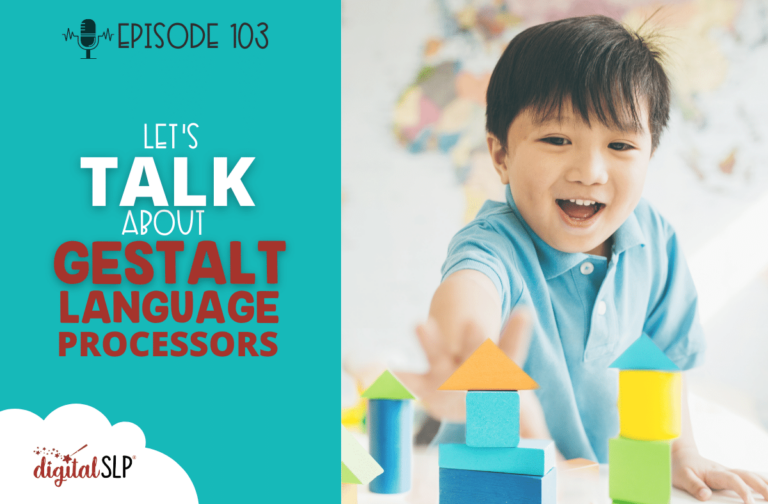



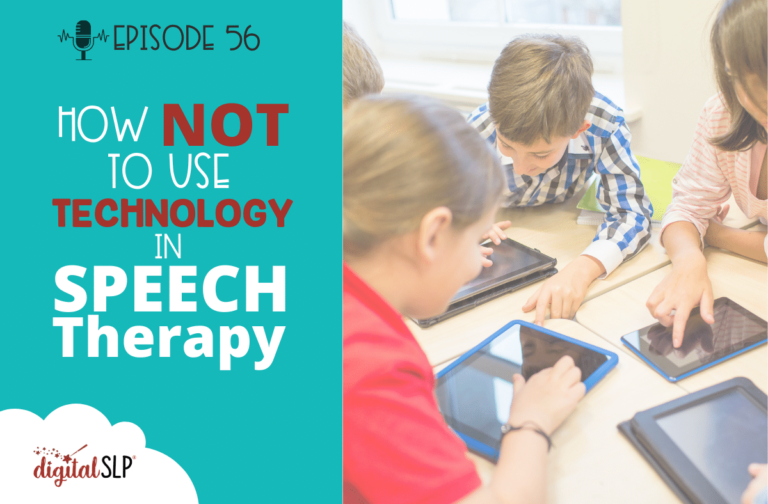

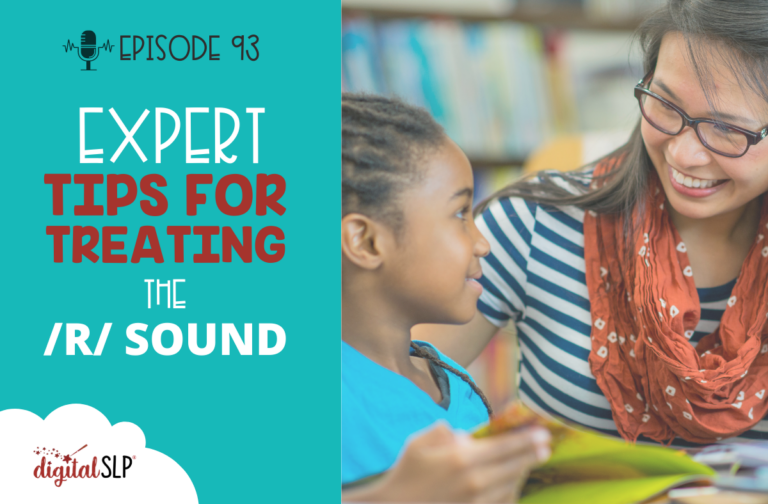
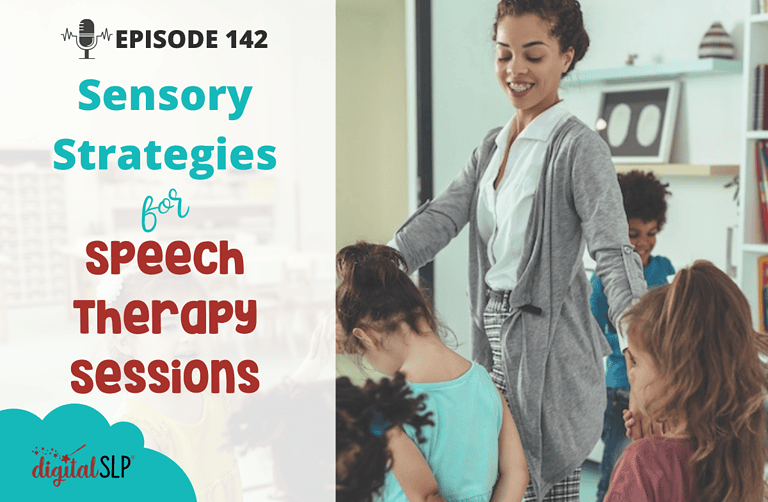
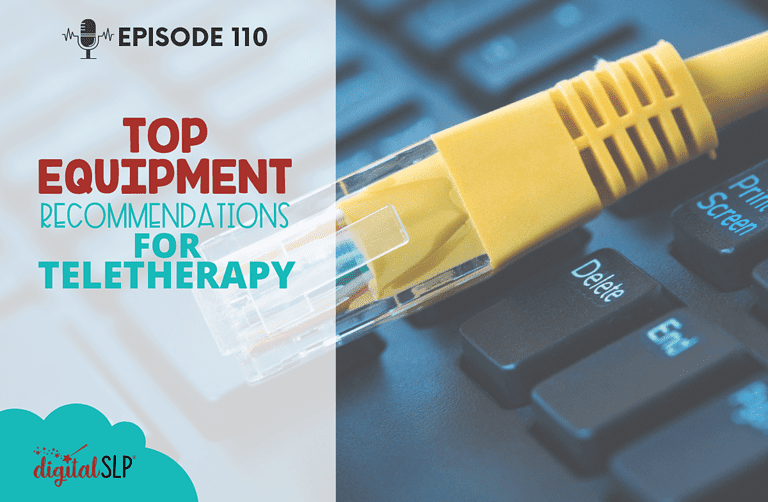
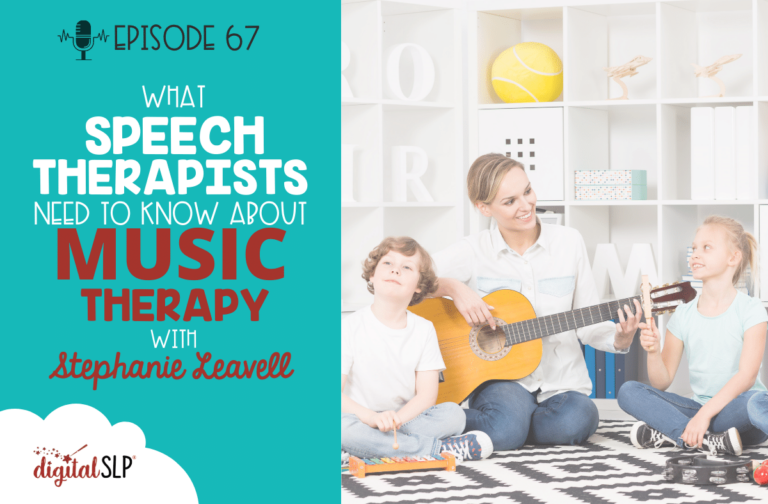

Recent Comments